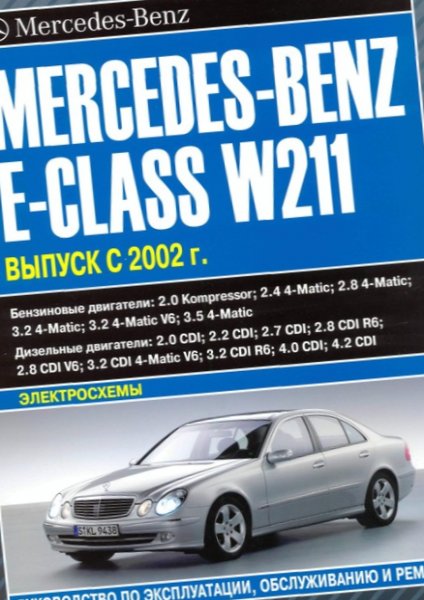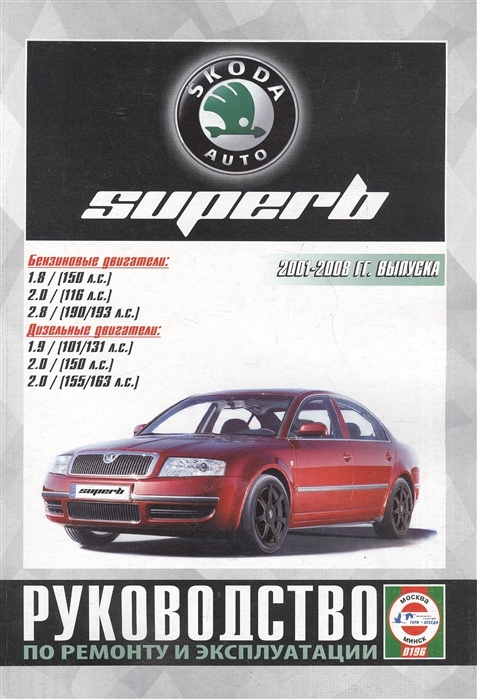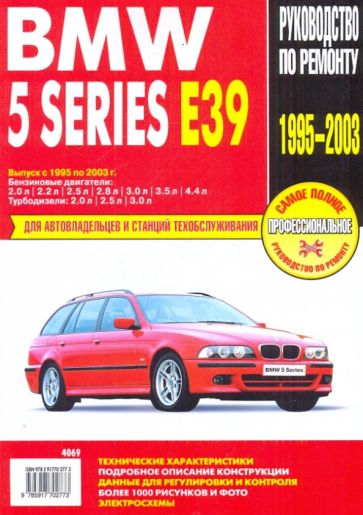
Mercedes-Benz E-Class W211 (2003–2009). Buyer's Guide. Engines, malfunctions
Content
The generation of the E-class of the early 210th century is difficult to objectively assess. After the W, which did a lot of damage to Mercedes' image, the successor has undoubtedly brought a significant improvement in terms of build quality. Unfortunately, you still have to have a lot of admiration for this model and choose it conscientiously. After a low purchase price, high service bills can follow.
After such indestructible Mercedes cars as the W123, in the second half of the 90s, the quality of the brand's models deteriorated. One of the infamous symbols of this weaker period was E-class generation W210. Its shortcomings soon became apparent, so when designing its successors, the Stuttgart engineers wanted to return to better times. At the same time, they could not resist the temptation to install a lot of innovative and sophisticated equipment elements that have become an integral hallmark of cars in this class.
The very nature of the model has not changed much. The E-class in the W211 version remained a conservative car focused on comfort and representativeness. The front of the model was directly related to its predecessor. In Poland, the front could still be called "double eyepiece" in jargon.
The baroque atmosphere is preserved inside. Most often, leather and wood were used for decoration. However, modern trappings such as large color displays and the Comand service system used over the years have become more and more daring. A very roomy interior, especially in the station wagon, remains an invariable attribute of the E-class. A capacity of 690 liters with the rear seat folded down and 1950 liters with the backrests folded down are results that remain unsurpassed even today.
The standard in conscientious Mercedes has always been a large section of engine versions, and in this case it is no different. Thereby The E-Class W211 occupied a unique position in the market.because it was a different car for different people. Of the huge number of produced one and a half million units, some budget models were distilled by German taxi drivers. Some of them didn't have an easy life as a vehicle for the proverbial "fuel of the company" among middle managers. However, there was also a part that was seen as a luxury limousine for people who for some reason did not want the S-Class.
Hence the huge shootout of the W211, which can now be found on the secondary market. The offer is not as extensive as it was a few years ago, but you can still choose from several hundred listings at any time. We can easily find among them cars with a "mileage" of less than 10 thousand. zloty. On the other hand, the owners of the most beautiful cars (not counting the AMG versions) can charge almost 5 times more for them.
However, even in such an eclectic group, we can see some similarities between these proposals. First of all, the vast majority of them concern cars imported from Germany. Secondly, when choosing engines, diesels predominate. Thirdly, they are decently equipped, as the W211 came to a time when even the most basic variants had automatic air conditioning, leather upholstery, front and side airbags, traction control systems and cruise control, among other things. It is easy to find instances with a Comand multimedia system, sunroof or four-zone air conditioning. Hence, probably, the constant interest of the Polish market in this model, despite the specter of expensive website visits hanging over it.
E-class W211: which engine to choose?
In just 6 years of production, 19 engine versions appeared under the hood of the third generation E-Class (plus a CNG version offered in some markets):
- E200 Compressor (R4 1.8 163-184 km)
- E230 (V6 2.5 204 km)
- E280 (V6 3.0 231 km)
- E320 (V6 3.2 221 km)
- E350 (V6 3.5 272 km)
- E350 CGI (V6 3.5 292 km)
- E500 (V8 5.0 306 km)
- E550 (V8 5.5 390 km)
- E55 AMG (V8 5.4 476 km)
- E63 AMG (V8 6.2 514 km)
- E200 CDI (R4 2.1 136 km)
- E220 CDI (R4 2.1 150-170 km)
- E270 CDI (R5 2.7 177 km)
- E280 CDI (V6 3.0 190 km)
- E320 CDI (R6 3.2 204 km)
- E300 BlueTEC (V6 3.0 211 km)
- E320 BlueTEC (V6 3.0 213 km)
- E400 CDI (V8 4.0 260 km)
- E420 CDI (V8 314 km)
As you can see, almost all possible configurations were used. Various turbocharged and fuel-injected models appeared on different engines. There were rear and four-wheel drive and three types of transmissions: 6-speed manual or 5- or 7-speed automatic. In all engines, durable timing chains appeared, and in all diesel engines - Common Rail.
From today's point of view, this rich collection of engines can be summarized with the following statement: the big engines proved to be the most durable, but the transmission also wore out the most. Safe options are basic options for both fuels (up to E270 CDI), although not overly dynamic. From the point of view of the Polish market for many people the right compromise between performance and maintenance costs is represented by base petrol engines from V6 to E320, also thanks to the hassle-free transition to gas (you have to do the most with a direct injection CGI engine).
What to look for when buying an E-Class W211?
Primarily for the high pressure pump of the SBC brake system. It has a programmed lifetime, after which, according to the designers, it refuses to obey. Problems with it are common and there is only one effective method: replacing the element, which costs PLN 6000. For this reason, it is worth choosing facelift models that do not have this drawback. On the other hand, they have returned to the infamous practice of deteriorating quality elsewhere, especially in the cabin.
The air suspension is a valuable addition to the comfortable character of this model, but its repair is also expensive - up to PLN 3000 for a set with one wheel. Therefore, when buying, you need to pay attention to whether the car maintains a healthy (and even) ground clearance on each wheel.
Should I buy a used Mercedes E-Class?
It’s still worth it, although we must remember that getting a well-groomed copy is more and more difficult, and on the other hand, one should not rush to choose the right one. One of the above defects is enough for the potential to be a very expensive purchase.
Therefore, as a secondary car The W211 is best suited for simpler trims and weaker engines.. Among diesel varieties, the most recommended are durable engines with 5 and 6 cylinders arranged in a row. Despite the worst interior, a safer option is those that were in the last 3 years of production, i.e. after the facelift.
When rejecting cars with high mileage, there are copies for about 25-30 thousand. zloty. On the one hand, this is a lot for a teenage sedan, and on the other hand, this is still good money for a full-fledged “old-school” Mercedes with an engine from the times when downsizings have not yet arrived in Stuttgart. Well-maintained things will last for many years, especially since the design and equipment stand the test of time with dignity.

